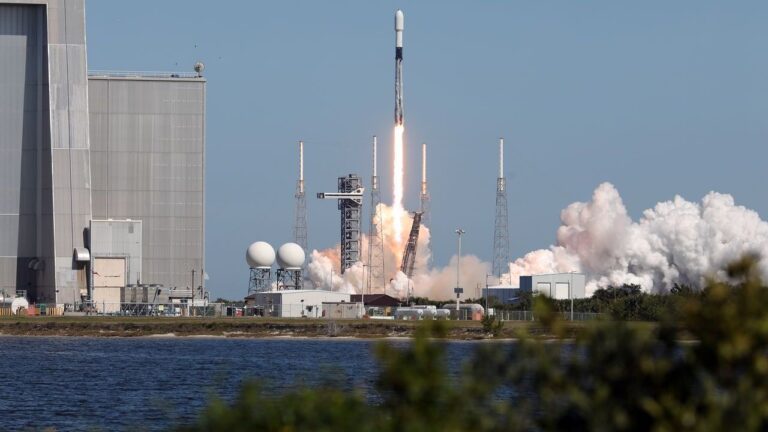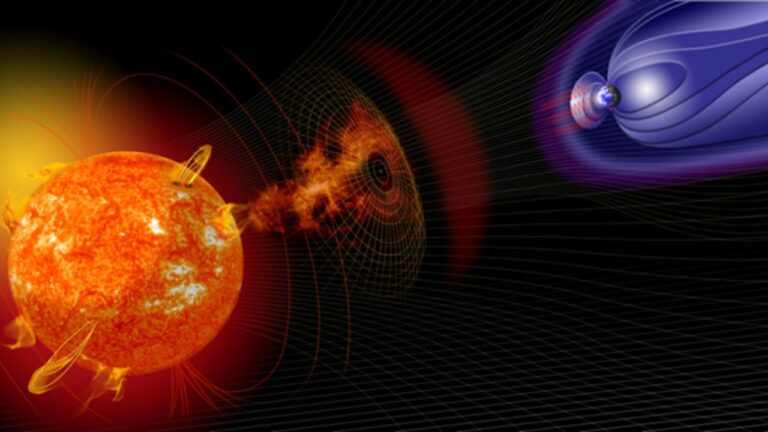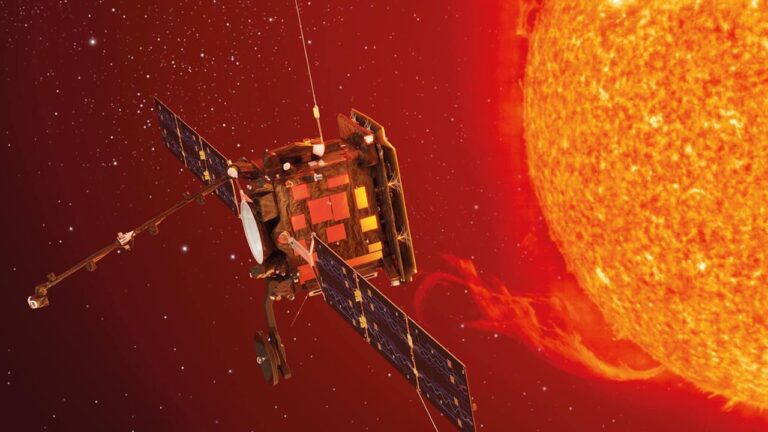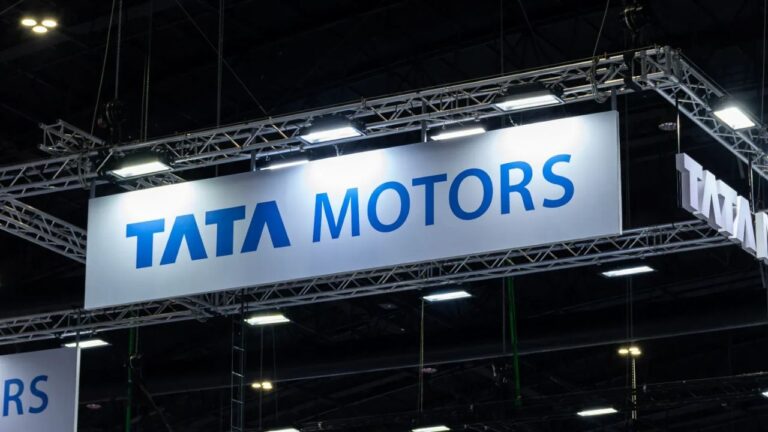
Amazon Web Services (AWS) is strategically positioning its cloud infrastructure to harness the transformative potential of generative artificial intelligence (AI) in the space and aerospace sectors. According to Clint Crosier, AWS’s Director of Aerospace and Satellite, more than 60% of the company’s space and aerospace clients are now utilizing some form of AI in their operations, a significant increase from the single digits just three years ago.
Generative AI’s Growing Role in Space
Crosier forecasts a similar upward trend for generative AI in the space industry over the coming years. This advanced form of AI leverages deep-learning models to generate content and answer questions by detecting patterns in extensive datasets, representing a significant advancement over traditional machine-learning algorithms. Key factors such as mathematical innovations, the surge in available data, and the development of more efficient processing chips are creating an optimal environment for generative AI’s rise.
AWS’s Commitment to Generative AI
Over the past year, AWS has undergone a significant internal reorganization to enhance its focus on generative AI. This included establishing a dedicated “generative AI for space” team to collaborate with cloud customers on developing next-generation capabilities. One major initiative is the creation of a generative AI laboratory, where customers can experiment with new applications of this emerging technology.
Geospatial Analytics
One primary area where generative AI is making an impact is geospatial analytics. Earth observation satellite operators, such as BlackSky and Capella Space, are already leveraging these tools to manage search queries and derive deeper insights from their geospatial data.
Spacecraft Design
In the realm of spacecraft design, engineers are exploring how generative AI models can create innovative design concepts by analyzing a vast array of data, including information from other industries like automotive. “Whether you’re designing a satellite, rocket, or spacecraft, you’re letting the generative AI do exploratory work with decades of data, producing novel design concepts for your team to refine,” Crosier explained.
Constellation Management
Generative AI also holds promise for managing the increasingly crowded orbits of space. By simulating various testing scenarios, it can help operators optimize the management of satellite constellations. For example, if an operator has a constellation of 600 satellites, generative AI can model an infinite number of scenarios and identify the top 25 cases to optimize design and operational efficiency.
Educational Initiatives and Future Prospects
To further drive the adoption of generative AI, AWS has committed to several educational initiatives, including providing free AI training to two million people worldwide by the end of 2025. This commitment, announced in November, underscores AWS’s dedication to preparing a global workforce capable of leveraging AI’s capabilities.
As AWS continues to invest in and expand its AI capabilities, the space industry stands to benefit significantly from these advancements, potentially revolutionizing how space missions are planned, executed, and managed. The integration of generative AI promises to usher in a new era of innovation and efficiency in space exploration and beyond.






